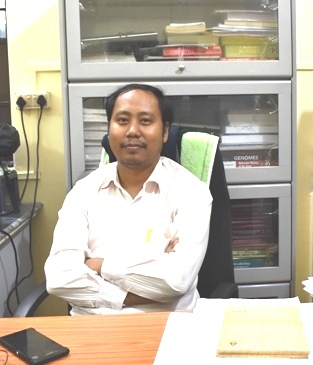Dr. Diganta Narzary
Associate Professor
Department of Botany, Gauhati University
Born in a remote village, Lechera, located near the Manas National Park of Assam, Dr. Diganta Narzary got his basic education up to the high school standard in Bodo medium from schools near to his home town. Later, he did his higher secondary and graduation in science from B.H. College, Howly and Bajali College, Pathsala, respectively – both located at his home district Barpeta. After completion of M.Sc. in Botany with specialization in Microbiology from Gauhati University in 2002, he cracked CSIR-NET JRF in December, 2003 and joined as CSIR-JRF and subsequently as SRF for Ph.D. research at National Botanical Research Institute (CSIR), Lucknow. He obtained Ph.D. degree from the Department of Botany, University of Lucknow for his research work on genetic diversity, systematics and population genetics of pomegranates. He also worked as a Research Associate in a research project at National Bureau of Plant Genetic Resources (NBPGR), Pusa Campus, New Delhi. After one and half year of post-doctoral research at NBPGR, he worked as an Assistant Professor at B.N. College, Dhubri for a short period and then joined as an Assistant Professor in the Department of Botany, Gauhati University in 2012, and subsequently as Associate Professor in the same department since 2018. The Department of Biotechnology (DBT), Govt. of India conferred him a project under the Unit of Excellence scheme of DBT in 2014 to develop sophisticated research laboratory in the field of microbiology and conduct research related to microbiology of coal overburden spoils in Assam. DBT also entrusted him a major Twinning Research Project in 2017 to work in collaboration with JNU, New Delhi and NBRI-CSIR, Lucknow. In 2018, he was selected for the DBT Overseas Associateship to carry out research work at Yokohama Institute for Earth Sciences (JAMSTEC), Japan for one year. The Department of Science and Technology (DST), Govt. of India also entrusted him two major projects (1 DST-SERB, 1 DST-SYST) for conducting microbial research on traditionally fermented foods of Assam. Dr. Narzary is a trained molecular biologist and has wide research interest in the field of plant and microbial systematics, applied microbiology and metagenomics. Dr. Narzary has 18 publications to his credit in research journals and books of national and international repute. Being technically trained on Intellectual Property Rights and Ethics in Clinical Research, he also served as a member of the GU IPR Cell, and as a Member Secretary of GU Institutional Ethics Committee on Human Research (2015-2018). He focuses on capacity building and scientific motivation of the impoverished society of NE India.
Awards and Recognitions:
- CSIR-NET JRF in 2003 and SRF in 2007
- DBT-Unit of Excellence in 2014
- DST-SYST in 2017
- DBT-Overseas Associateship in 2018
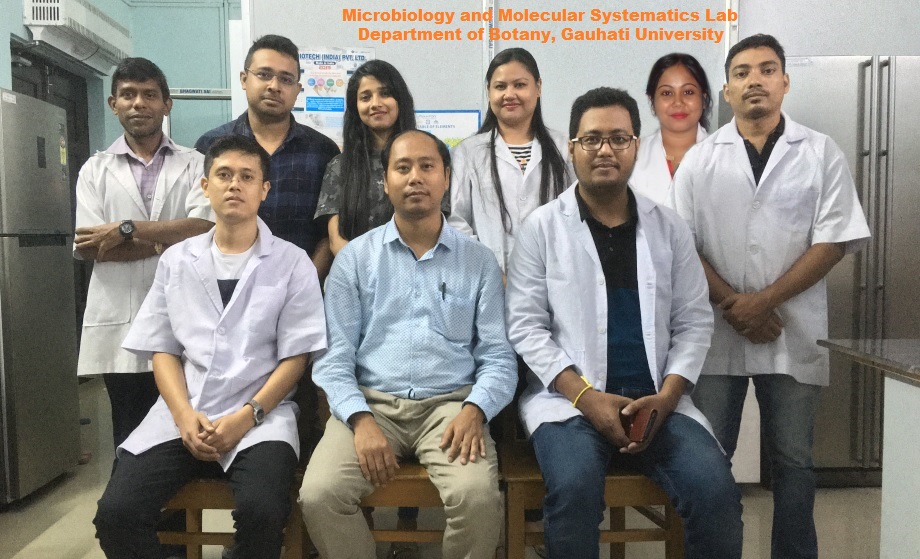
Current research students working under the guidance of Dr. Narzary:
- Niren K. Singh

Working on microbial diversity of coal overburden spoils in Assam with a focus on microbial succession in different ages of dumped spoils. Overburden spoils (OBS) mitigation is a major concern in open cast coal mining, and causes acid mine drainage and heavy metal pollution to the surroundings. Poor soil conditions and scarcity of drinkable water in the mining area of Tinsukia district reflects the impact of open cast mining that poses a threat to local flora and fauna of the region. Overburden spoils are mostly sands, stones and shales that lack true soil nature and nutrients, and thus do not favour plant growth. Naturalization of OBS into true soil type requires about 50 years and microorganisms play important roles in biogeochemical cycling chiefly by oxidation-reduction processes of the minerals. Certain microorganisms oxidises sulfur compounds leading to acid formation which favours heavy metals leaching; in contrast some microorganisms reduce the sulfur compounds thus reducing the acidity, and helps in metal precipitations and recovery. Therefore, we are studying microbial community structure of differently aged OBS using NGS sequences of whole genome metagenome and also looking for heavy metal tolerant/uptaking microbes that can be applied for AMD and heavy metal pollution in future.
- Lakshmi Rupa Das

Working on genetic diversity and systematics of Termitomyces species occurring in Assam. Termitomyces sp. occurs exo-symbiotically with termites and the latter is dependent on the former for digestion of plant lignocelluloses. Association of both Termitomyces and termites may differ from species to species and also with the geographic locations. Assam belongs to one of the megabiodiversity hotspots and harbour wide range of biodiversity including some endemic flora and fauna. Although Termitomyces is commonly found and consumed by almost all the indigenous tribes throughout the entire NE region of India, there is no record of species diversity from the region. Now-a-days, Termitomyces is highly demanded as a source of high protein food and used in food industries for leavening due to its lignocellulolytic activity. Knowledge of genetic diversity is important for bioresource management and sustainable development.
- Nitesh Boro

Working on endophytes of herbs used in tradional beer starter ‘emao‘ of the Bodo tribe in Assam. About 3-7 different herbs are used in emao preparation, but the exact role of these herbs is not yet scientifically addressed although traditional believes are available. Since this is an ancient tradition of the Bodo tribes with more than 1500 years of history, the source of the yeasts associated with this particular beer starter is still unknown. As most of the plants harbour endophytes, it is a matter of investigation to know the role of endophytes in beer fermentation.
4. Dipsikha Shyam
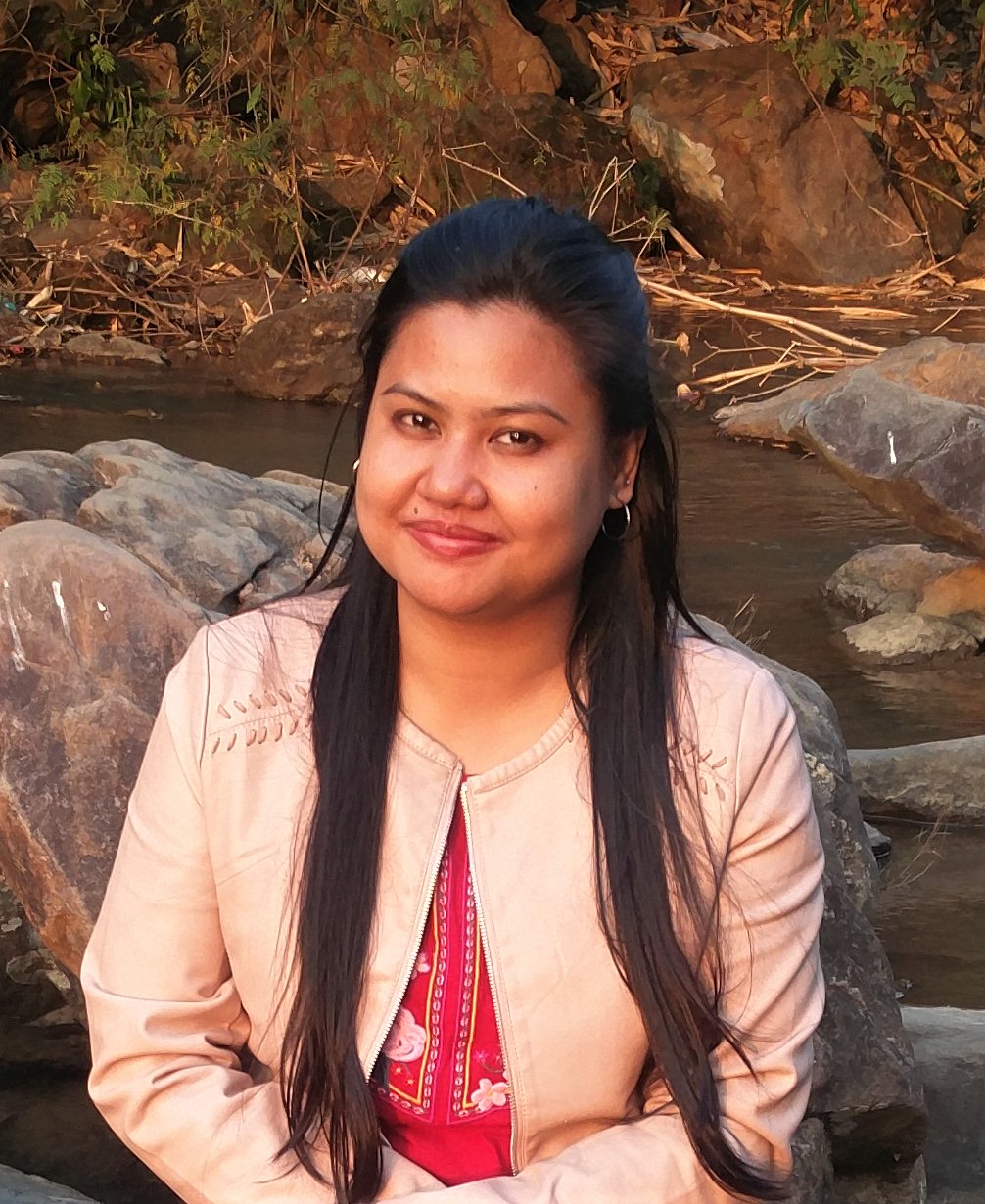
Working on plant growth promoting rhizobacteria (PGPR) associated with a medicinal plant, Oroxylum indicum, which is found naturally growing in diverse habitats of NE India and is traditionally used for treating various diseases like diarrhoea, dysentery, jaundice, gastric ulcer, oral cancer, etc. The plant is rarely infected by diseases in natural habitats and can grow luxuriantly in marginal soils; this is the reason for selecting this plant for isolation of rhizobacteria and PGP activity screening. Rhizobacteria are found useful to the host plants in various ways like protection from pathogens, phosphate solubilization, nitrogen fixation, nutrient uptake, growth hormone production, etc. Identification of rhizobacteria with plant growth promoting activity can be used as an alternative to chemical fertilizers and pesticides in agriculture, and thus is important for sustainable agriculture.
- Ashis Borah
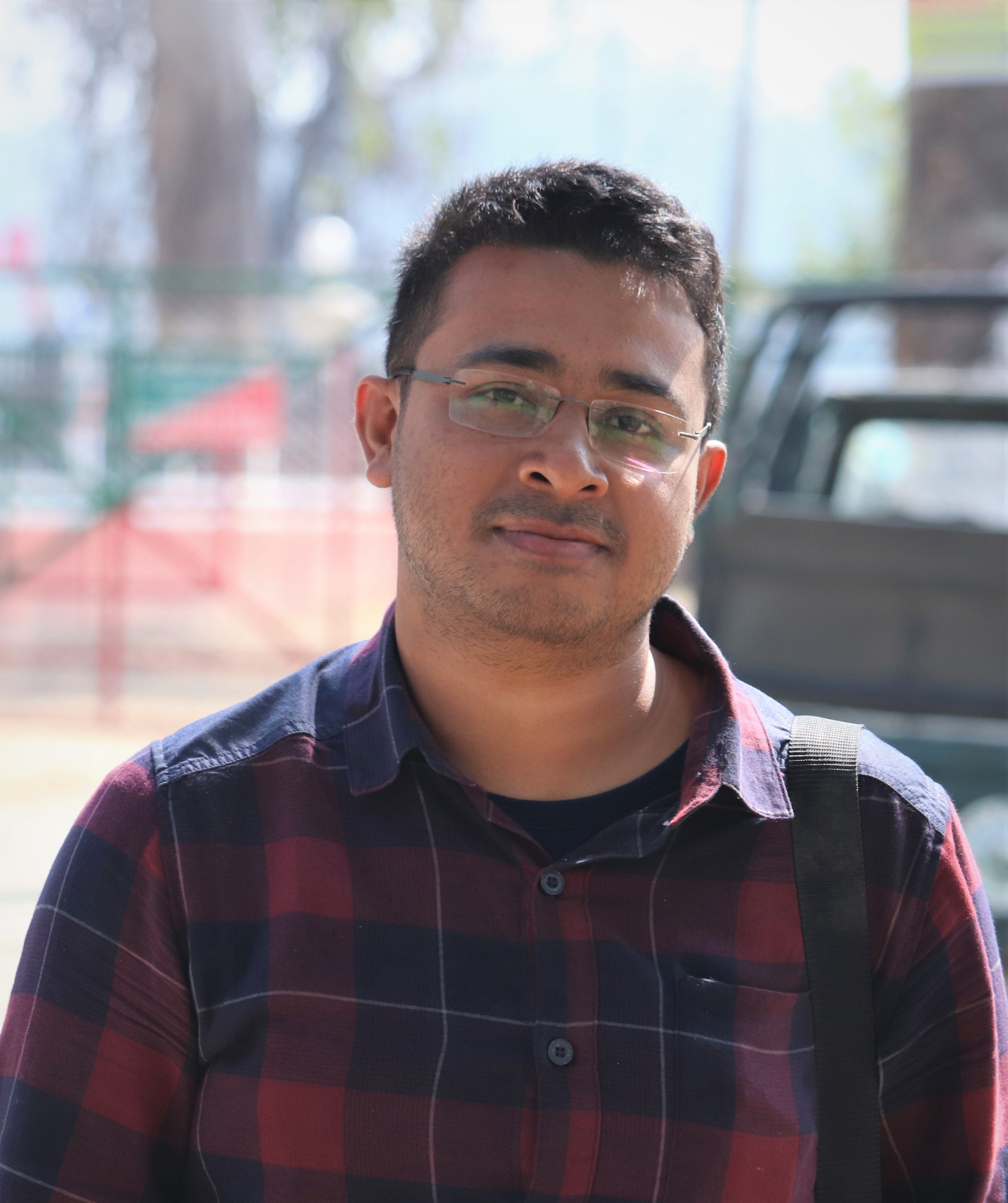
Working on microbiology of nafam – a traditionally fermented fish food of Bodo tribe. Nafam fermentation is an age-old tradition of Bodo people, but the microbiology of nafam is still unknown to scientific community due to the lack of scientific reports in public domain. Ingredients used and preparation method of nafam is unique, and such factors mostly determine the composition of microbial community in fermented foods. Although, traditional foods are prepared with utmost care, both useful and opportunistic (harmful) microbes may remain associated to traditionally fermented foods due to preparation in aseptic conditions, and nafam is also not an exception. Sometimes, nafam defect occurs while preparing in their traditional way. Therefore, screening and identification of useful microbes is important for quality nafam fermentation and value addition to it.
- Deepjyoti Das

Working on microbes associated with fungal combs of termites. Fungal combs are found under ground where termites cultivate Termitomyces. It is reported that Termitomyces are selectively grown in fungal combs by the termites. But once termites abandon the fungal comb, others microbes dominate Termitomyces which reveals association of other microbes to fungal combs. Therefore, study of microbial diversity in fungal combs could tell us the microbial community of such unique habitat where lignocelluloses are digested and supplied as feed to termites. Lignocellulolytic microbes other than Termitomyces could be an alternative, and useful in industries and agriculture for food, biofertilizer and biofuel production. We are following both culture-dependent and culture-independent whole genome metagenome approaches in this study.
7. Avra Pratim Choudhury
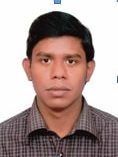
Working on oleaginous microbes associated with fermented food ‘nafam’ of the Bodo tribe in Assam. Oleaginous microbes can be algae, fungi or bacteria, and are reported from diverse habitats. Some oleaginous microbes were found to be promising for production of bio-oils and can be an alternative to plant, animal and fossil fuels. Production of biodiesel from biowastes or low cost biomaterials is in focus for renewable energy production because non-edible biomaterials and biowaste are the most abundant plausible feedstock for biofuel production. Search for efficient microbes is going on throughout the globe so as to find better candidates that could be used industrially for large scale biofuel production. Oleaginous microbes are also getting importance for producing essential fatty acids like omega-6 linoleic acid from biowastes.

